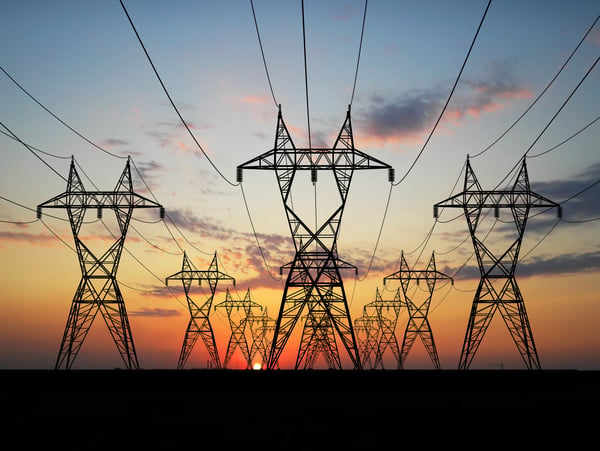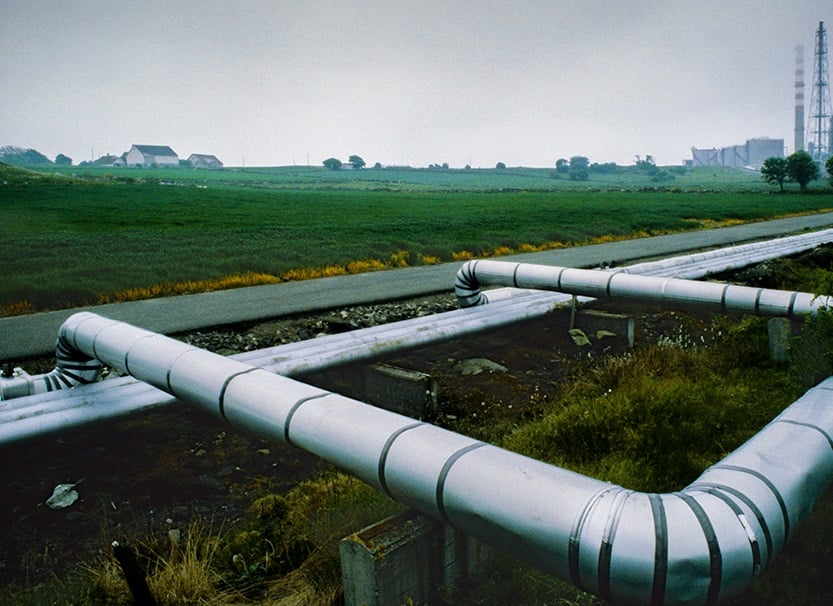Governors of PJM States Intensify Pressure on PJM for Reform
A bipartisan group of governors of PJM Interconnection (PJM) member states has intensified calls for reforming PJM after what they have described as a “crisis of confidence,” citing high electricity prices, interconnection delays, and lack of transparency and state participation in the RTO’s decision-making processes.

Council on Environmental Quality Issues Long Awaited Guidance for Environmental Review Across Agencies
On September 29, 2025, the Council on Environmental Quality (CEQ) issued long-awaited guidance to formalize agencies’ individual efforts to implement the National Environmental Policy Act (NEPA). After rescinding the CEQ regulations that shaped NEPA for 40+ years and bearing witness to various agencies’ independent efforts to issue their own NEPA rules, CEQ issued new guidance to more systematically guide the agencies’ efforts. As CEQ notes, “NEPA implementation reform now has been called for, authorized, and directed by all three branches of government at the highest possible level: Congress, the President, and the Supreme Court.” The guidance reflects direction from each.

Interconnection Reform Critical to the Efficiency of Energy Markets
The U.S. power grid is undergoing a period of rapid change, with federal agencies such as the Department of Energy (DOE) and the Federal Energy Regulatory Commission (FERC) initiating programs and regulatory actions to address the integration of new generation and transmission resources. According to a recent DOE report, the U.S. grid is facing the retirement of 104 GW of firm capacity (generation that can operate continuously) by 2030, and the planned addition of 209 GW of new generation in the same period. The White House is concerned that the retirement of “baseload” power plants will impede President Trump’s economic goals; as such, press reports say that the administration is expected to issue new emergency orders preventing fossil fuel plants from retiring.

Preferred Equity: A Capital Solution to Meet the Looming “PIS” Deadline
The One Big Beautiful Bill Act signed into law by President Trump on July 4, 2025 (the “OBBBA”) terminates the Section 45Y Clean Electricity Production Tax Credit (the “45Y PTC”) and Section 48E Clean Electricity Investment Tax Credit (the “48E ITC”) for wind and solar facilities that are placed in service (“PIS”) after December 31, 2027, except for those projects that begin construction by July 4, 2026. This significantly accelerates the timeline for sponsors and investors to bring projects online in order to maintain profitability of the project via tax credit sales.
U.S. Department of Energy: U.S. Grid Faces Urgent Reliability Challenges Amid AI-Driven Load Growth and Plant Retirements
A new report by the U.S. Department of Energy provides a comprehensive assessment of the adequacy and reliability of the U.S. electric grid and warns that without urgent reforms and investment, the U.S. electric grid will be unable to support the nation’s economic ambitions, particularly in artificial intelligence (“AI”) and digital infrastructure. The report responds to recent executive orders emphasizing the need for a uniform, data-driven approach to evaluating grid reliability, particularly in the face of accelerating power plant retirements and surging electricity demand from data centers and AI applications.

H.R.1: What You Should Know About the Environmental and Energy Provisions in the “One Big Beautiful Bill” Act
On July 4, President Trump signed H.R.1—the “One Big Beautiful Bill,” referred to as the OBBB—into law. This sweeping tax and policy law, enacted through the process of budget reconciliation requiring a simple majority vote by Congress, carries significant implications for environmental funding, clean energy development, and climate-related programs administered by the U.S. Environmental Protection Agency (EPA), as well as the tax code. Much of the provisions affect programs and funding originally authorized under the 2022 Inflation Reduction Act (“IRA”), which was former President Biden’s signature budget reconciliation bill. Below, we outline some of the key features of the OBBB environmental and energy provisions.
Congress Eliminates Corporate Average Fuel Economy (CAFE) Penalties for Passenger Cars and Light Trucks
In one of its many changes, the One Big Beautiful Bill Act, enacted on July 4, 2025, eliminated civil penalties for noncompliance with federal fuel economy standards. Specifically, Section 40006 of the Act amends the language of the Corporate Average Fuel Economy (CAFE) statute to reset the maximum civil penalty to $0.00. Although the statute and its implementing regulations otherwise remain in place, this amendment removes any civil penalties for producing passenger cars and light trucks that do not meet fuel economy requirements.

Agencies Collectively Move to Overhaul Environmental Review Regulations
On July 3, 2025, numerous federal agencies initiated an effort to revise the manner in which they comply with the National Environmental Policy Act (NEPA). NEPA, a cornerstone of environmental governance and project development in the U.S., has historically been implemented through regulations from the Council on Environmental Quality (CEQ). The DC Circuit questioned the legality of those regulations, as well as CEQ’s authority to implement them. And at the direction of President Trump’s February 25, 2025 Executive Order 14154 — “Unleashing American Energy” — CEQ rescinded its NEPA implementing regulations. In place, CEQ provided guidance for agencies that instructed them to update their NEPA procedures by February 2026 in a manner consistent with recent statutory amendments that prioritizes “efficiency and certainty over any other policy objectives.” Today, we are getting our first glimpse into what that process will look like.

FERC Accelerates Natural Gas Infrastructure Expansion Through Key Waivers and Rulemaking
On January 20, 2025, President Donald J. Trump issued Executive Order No. 14156, Declaring a National Energy Emergency, which directed federal agencies to “identify and use all relevant lawful emergency and other authorities available to them to expedite the completion of all authorized and appropriated infrastructure [and] energy . . . projects.” On June 18, 2025, in alignment with this Executive Order and in response to two petitions filed by the Interstate Natural Gas Association of America (“INGAA”), the U.S. Federal Energy Regulatory Commission (“FERC”) advanced a package of regulatory actions aimed at accelerating the development of natural gas infrastructure.
Department of Energy Blocks Shutdown of Coal-Fired Power Plant and Oil- and Gas-Fired Generator Units With Federal Emergency Orders
On May 23, 2025 and May 30, 2025, the Department of Energy (DOE) issued two emergency orders under its Federal Power Act (FPA) Section 202(c) authority effectively delaying the closure of two power plants. DOE Order No. 202-25-3 (hereinafter, the Campbell Order) requires the Midcontinent Independent System Operator (MISO) and Consumers Energy to “take all measures necessary” to ensure that the 1,560 MW coal-fired J.H. Campbell Power Plant (Campbell Plant) in West Olive, Michigan — originally slated for retirement on May 31, 2025 — is “available to operate” until the expiration of the order on August 21, 2025. DOE Order No. 202-25-4 (hereinafter, the Eddystone Order) similarly requires PJM Interconnection (PJM) and Constellation Energy to keep 760 MW of oil- and gas-fired peaking capacity — also set to retire on May 31, 2025 — at the Eddystone Generation Station (Eddystone Station) in Pennsylvania available until August 28, 2025. There is also the potential of extensions of these expiration dates.


